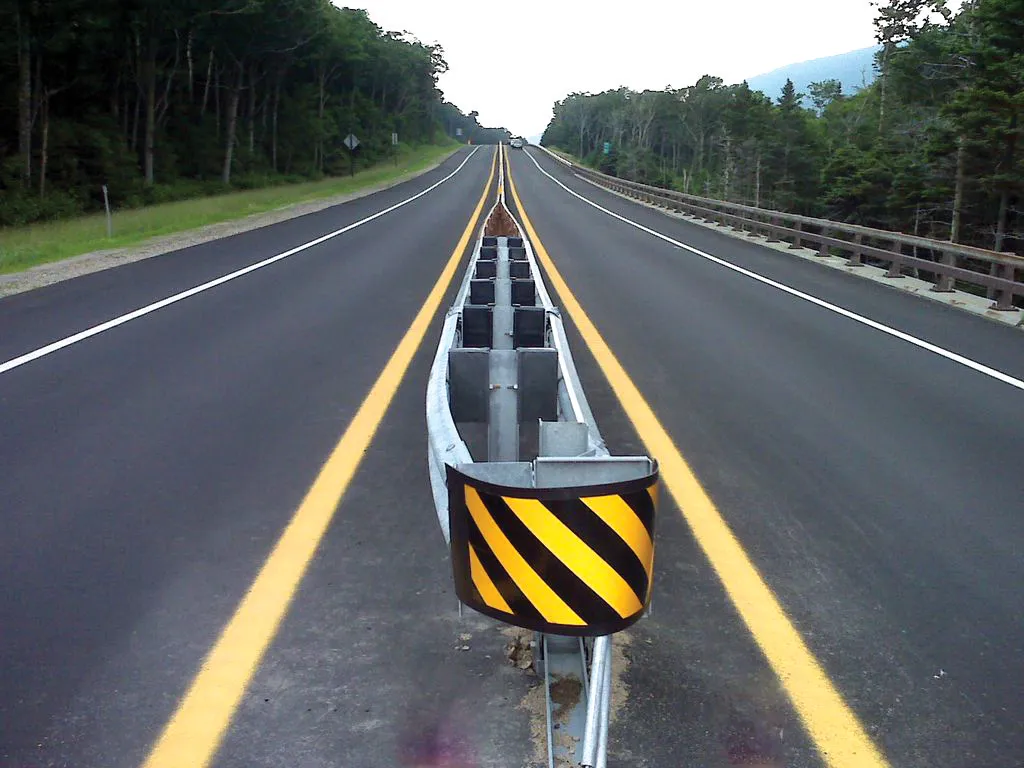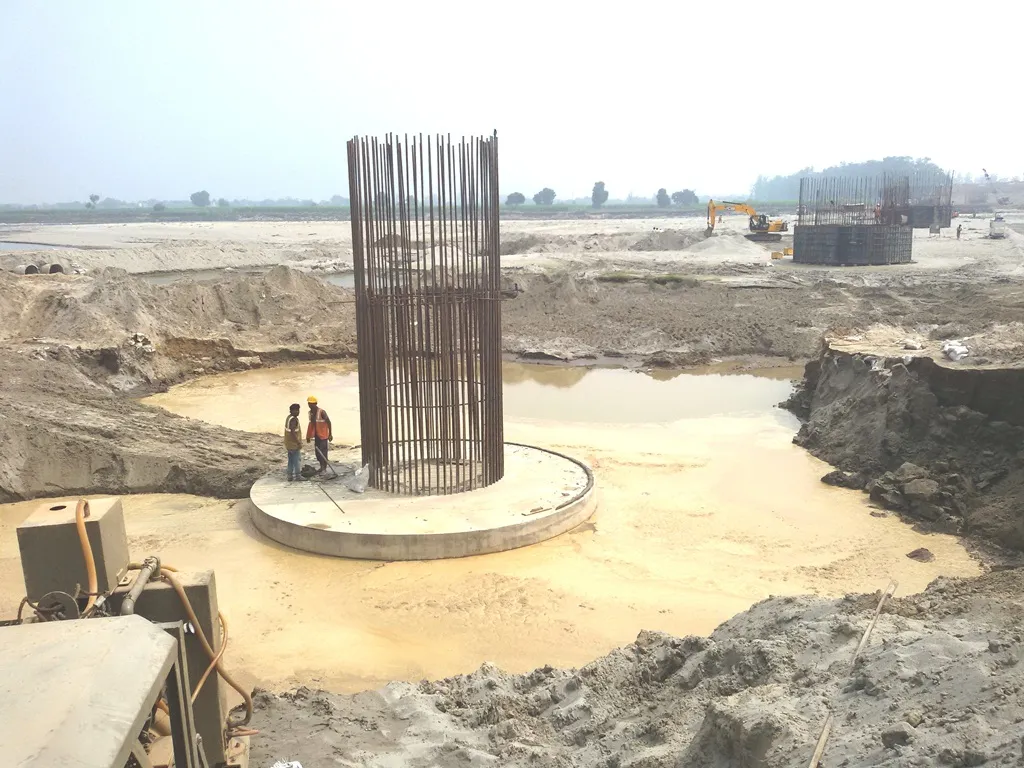Innovative solutions have been developed to meet a need for long-lasting yet low cost access cover applications by Structural Science Composites (SSC). According to SSC its new products outperform rival materials in terms of safety and security as well as whole-life costs. The new composite covers meet requirements for strong covers that can cope with growing traffic densities and tough constraints on financial and operational resources for road building and maintenance. The D400 vehicular grade cover and B
February 7, 2012
Read time: 2 mins

Innovative solutions have been developed to meet a need for long-lasting yet low cost access cover applications by 2335 Structural Science Composites (SSC). According to SSC its new products outperform rival materials in terms of safety and security as well as whole-life costs.
The new composite covers meet requirements for strong covers that can cope with growing traffic densities and tough constraints on financial and operational resources for road building and maintenance. The D400 vehicular grade cover and B125 pedestrian covers come in a range of colours and provide surfaces that help boost safety.
SSC says that its new composite covers are light in weight, making them easy to place in position and are also tough enough to withstand heavy vehicle loads. Skid resistance is also said to be good, both in dry and wet conditions, unlike conventional metal or concrete covers. Metal covers pose particular hazards in the wet for cyclists and motorcyclists due to the low skid resistance. Another benefit is that the new composite covers will not be stolen for their scrap metal value, unlike conventional steel and iron units.
As the composite covers are light, this will also allow utility firms better access for routine maintenance of services and with a reduce risk of injury from heavy lifting incidents. The new covers combine the patented ThruBeam technology with reliable manufacturing processes to provide a long-lasting solution according to the firm.
The ThruBeam product has been approved for use in New York and is now available in the UK through builder's merchants. The units are offered in a choice of six coloured options and all the covers comply with the relevant European standards. Composite covers are said to be durable and light weight and are around 33% of the weight of steel and iron and 25% of the weight of concrete units. Also, being inert they will not corrode, are not electrically conductive, are fireproof and have low thermal conductivity. The life expectancy of SSC access covers is over 20 years and each carries a minimum 15 year guarantee.
The new composite covers meet requirements for strong covers that can cope with growing traffic densities and tough constraints on financial and operational resources for road building and maintenance. The D400 vehicular grade cover and B125 pedestrian covers come in a range of colours and provide surfaces that help boost safety.
SSC says that its new composite covers are light in weight, making them easy to place in position and are also tough enough to withstand heavy vehicle loads. Skid resistance is also said to be good, both in dry and wet conditions, unlike conventional metal or concrete covers. Metal covers pose particular hazards in the wet for cyclists and motorcyclists due to the low skid resistance. Another benefit is that the new composite covers will not be stolen for their scrap metal value, unlike conventional steel and iron units.
As the composite covers are light, this will also allow utility firms better access for routine maintenance of services and with a reduce risk of injury from heavy lifting incidents. The new covers combine the patented ThruBeam technology with reliable manufacturing processes to provide a long-lasting solution according to the firm.
The ThruBeam product has been approved for use in New York and is now available in the UK through builder's merchants. The units are offered in a choice of six coloured options and all the covers comply with the relevant European standards. Composite covers are said to be durable and light weight and are around 33% of the weight of steel and iron and 25% of the weight of concrete units. Also, being inert they will not corrode, are not electrically conductive, are fireproof and have low thermal conductivity. The life expectancy of SSC access covers is over 20 years and each carries a minimum 15 year guarantee.









